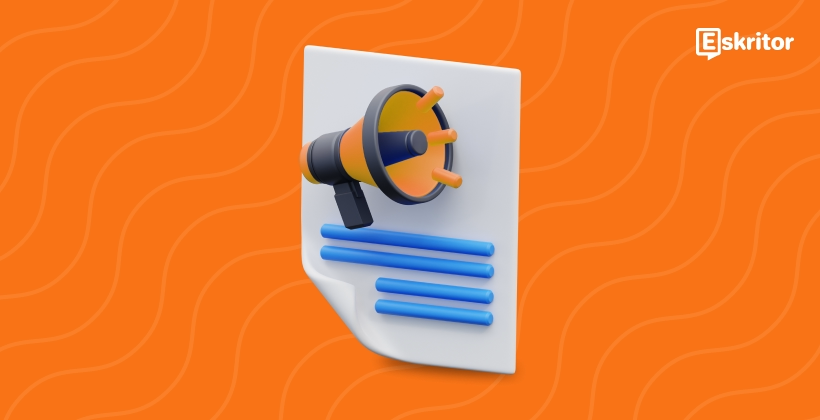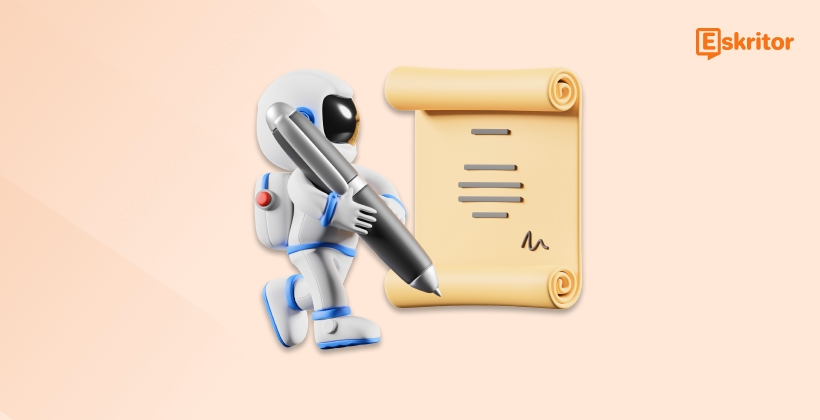The Future of AI Writing Technology Explained
The Future of AI Writing Technology Explained
Blog Article
The Role of AI in Modern Editing Practices
As synthetic intelligence (AI) evolves, it remains to revolutionize how exactly we method modern editing practices. From syntax correction instruments to sophisticated material era systems, AI writer is reshaping the way in which writers, writers, and creators improve their work. This blog examines the position AI plays in modern editing and the influence it has across industries.

AI-Powered Instruments Primary the Charge
AI-powered instruments have become an crucial section of editing workflows. Computer software fueled by organic language handling (NLP) and machine learning can do responsibilities like syntax checks, stylistic suggestions, and sentence restructuring with extraordinary pace and accuracy.
For example, AI-based grammar checkers may recognize errors that the human eye might neglect, such as subject-verb contract problems or lost modifiers. Similarly, fashion changes developed by AI make certain that tone and movement arrange with the supposed audience, which can be important for qualified editors.
These tools are not only limited by conventional grammar corrections. They are designed for improving readability, transforming inactive voice to productive voice, and also paraphrasing entire paragraphs without adjusting the meaning.
Effectiveness Meets Time Savings
Studies reveal that the use of AI methods may minimize editing time by as much as 30%. As opposed to poring over every word physically, writers can target their attempts on creative and proper elements of content. This change enables professionals to manage larger amounts of text in shorter intervals, that will be particularly valuable for industries like publishing and electronic marketing.
Additionally, predictive AI characteristics may highlight recurring mistakes, supporting writers enhance their skills over time. For organizations, that equals less methods allocated to revisions and more finished components from the comfort of the start.
Improving Convenience and Globalization
AI's position in contemporary editing stretches beyond efficiency. Advanced interpretation and localization tools allow builders to conform material seamlessly for international audiences, wearing down language barriers with precision. That technology ensures that the exact same meaning can resonate with countries worldwide while retaining their authenticity.
AI also improves inclusivity requirements by increasing supply in content. For example, calculations can identify potentially non-inclusive language and recommend alternatives. This capability enables authors to improve publishing so it resonates with varied audiences.

Impressive a Balance Between AI and Human Imagination
While AI excels in pace and reliability, it does not change individual editors. Machines usually absence the ability to understand nuance, sensation, or social situation fully. The best process mixes AI's effectiveness with human imagination and information, resulting in really exceptional work.
By leveraging these systems in modern modifying methods, builders and writers alike can create top quality material that aligns with the fast-paced needs of today's electronic world. AI may be the potential of editing, nevertheless the individual touch will always be required for storytelling and connection. Report this page